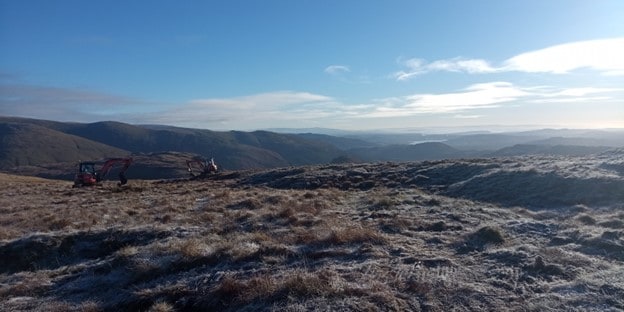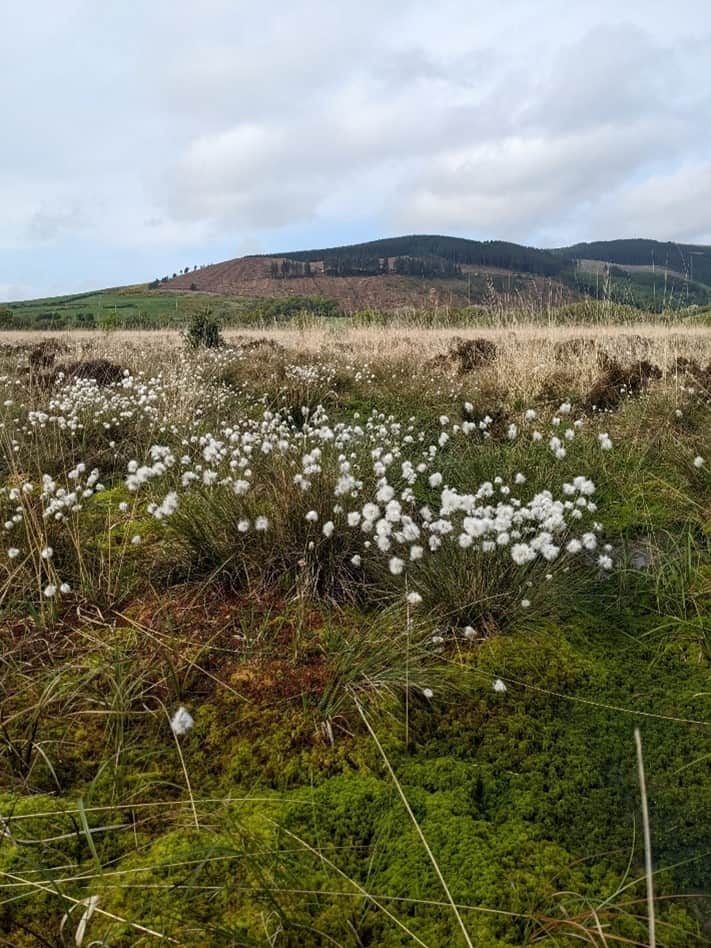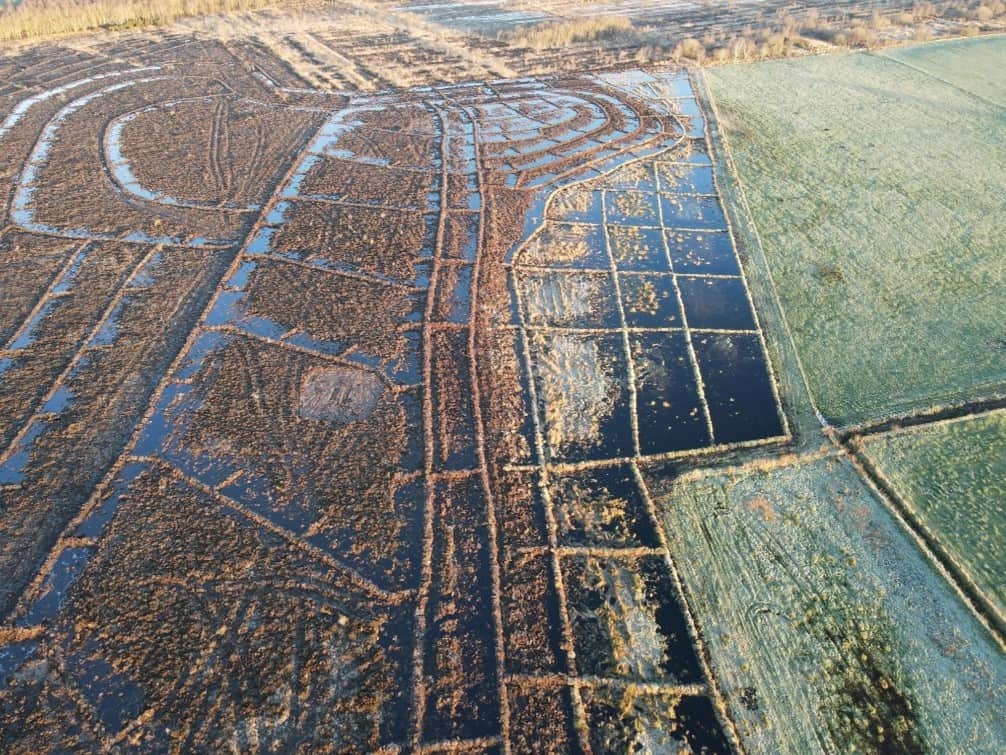It sounds a cliché but every day is different as a peatland restoration officer for Cumbria Wildlife Trust.
My time is split between being on a peat bog or in an office doing the necessary work to prepare projects and manage the restoration of peatland across Cumbria. Site visits can include carrying out survey work on the ecology and hydrology of bogs, and identifying features that indicate damage to the bog. All this can be used to produce a restoration plan, back at the office. Site visits could also include talking to stakeholders; land owners, the users of the site, and government bodies such as Natural England. Once we have gone through the process of writing restoration plans, getting the relevant permissions and consents, and selecting a contractor we are back out on site for the restoration itself. This involves regular visits to monitor progress, discuss the works with the contractors and making any changes that may need to be made to the original plans.



I have always enjoyed being outdoors and been interested in the natural environment. At university I studied an environmental degree that introduced me to a wide range of issues relating to the state of the world, from ecology to economics. Whilst I was studying, I found opportunities to do conservation volunteering both at university and in the Lake District.
After graduation I went into environmental education, working for the Field Studies Council, then as a classroom teacher. I decided to leave teaching, working for a short time building footpaths in the Scottish mountains, then worked on a large estate. This gave me really useful experience of hard landscaping projects, developing the skills of working in teams made of diverse roles and backgrounds. This, with my background in environmental studies and ability to work with, manage and look after groups in remote places have all helped me get into this line of work. I know organisations involved in peatland restoration are always looking for people with the combination of the scientific knowledge and the confidence to work in some of the wettest and most remote areas in the country.
All our work produces a great deal of data, using a lot of GIS. We need this to produce restoration plans, make baseline surveys, and assess the success of the restoration works into the future. This data is often used by the Wildlife Trust’s partners, funders, scientists and Natural England to develop our understanding and knowledge of the state of peatlands across the country.
There are some great elements to this job; I enjoy the variety of things I find myself doing. Working with many different people who all have their own connections to the land is both a challenge but also rewarding. Making a difference to a fascinating ecosystem that will change and improve long after we’ve left a site is a brilliant concept. Having an impact that can be seen on Google Earth is pretty cool.
Tom Lemmey, Peatland Restoration Officer at Cumbria Wildlife Trust
